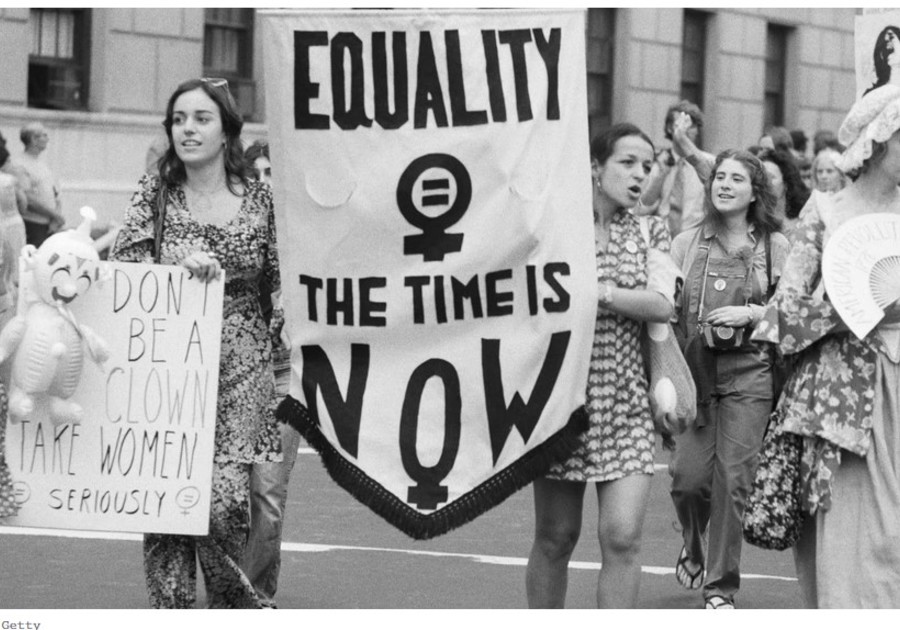The first two articles in the Women’s History Month series were about the first women’s convention and women’s suffrage movement. These events, and everything in between, are known as the first wave of feminism. This article will focus on the second wave of feminism (1960s-1970s), where women sought more equal rights and opportunities, in addition to voting.
After World War II, women were beginning to transition from working within the household to working outside of it. As household tasks were made easier through new technologies and the amount of available jobs were increasing, women began entering the workforce. However, there were still many inequalities that existed between men and women.
In 1966, the National Organization for Women (NOW) was founded to bring more attention to these issues. Similarly to what we’ve seen in the past, creating national organizations help draw more people to support reform. NOW recognized six major areas where women’s equality was essential. These included enforcement of laws that ban employment discrimination, rights to maternity leave, child care centers that allow mothers to work, child-care tax deductions, unsegregated and equal education, and equal training for poor women.
Throughout this wave, there were many influential figures that played an essential role to women gaining more rights. Two of these women include:
- Betty Friedan: an American feminist who is most known for her eye-opening book, The Feminine Mystique. This book was a bestseller, but also very controversial. In the book, Friedan explains the traditional stereotypes of women and their role versus their modern roles. She describes “the problem that has no name,” which is the feeling of worthlessness of women caused by the assumption women were reliant upon their husbands.
- Gloria Steinem: an American writer and journalist who gained attention after going undercover as a Playboy Bunny. She highlighted the intense sexism and low wages that she encountered, highlighting many things she faced as a woman, Later, she would become an active member in many political organizations advocating for women’s rights. These organizations include the Coalition of Labor Union Women, Voters for Choice, Women Against Pornography, and the Women’s Media Center.
- Shirley Chisholm: the first African American woman to serve in Congress. She was a major advocate for women and minority rights.
- Ruth Bader Ginsburg: who helped lead the fights against the courts for women’s rights before becoming a Justice herself. Throughout the second wave of feminism, she heavily advocated for equal rights of women in the workplace.
At the end of the second wave, many of the focuses of the NOW were accomplished with the help of the many important figures. Workplace discrimination was banned, further encouraging women to join the workforce. Title VII which stated that employers could not discriminate on the basis of sex was established. In addition, many laws, such as ones preventing women from seeking a divorce or purchasing land, were lifted, further giving women more power and freedom.
Sources:
https://www.pacificu.edu/magazine/four-waves-feminism#:~:text=The%20second%20wave%20began%20in,second%20wave%20was%20increasingly%20radical.
https://www.gale.com/primary-sources/womens-studies/collections/second-wave-feminism
https://www.gale.com/primary-sources/womens-studies/collections/second-wave-feminism#:~:text=Unfolding%20in%20the%20context%20of,to%20marry%20and%20bear%20children.
https://www.oah.org/tah/issues/2017/november/teaching-about-the-feminist-rights-revolution-ruth-bader-ginsburg-as-the-thurgood-marshall-of-womens-rights/
https://www.womenshistory.org/education-resources/biographies/shirley-chisholm



